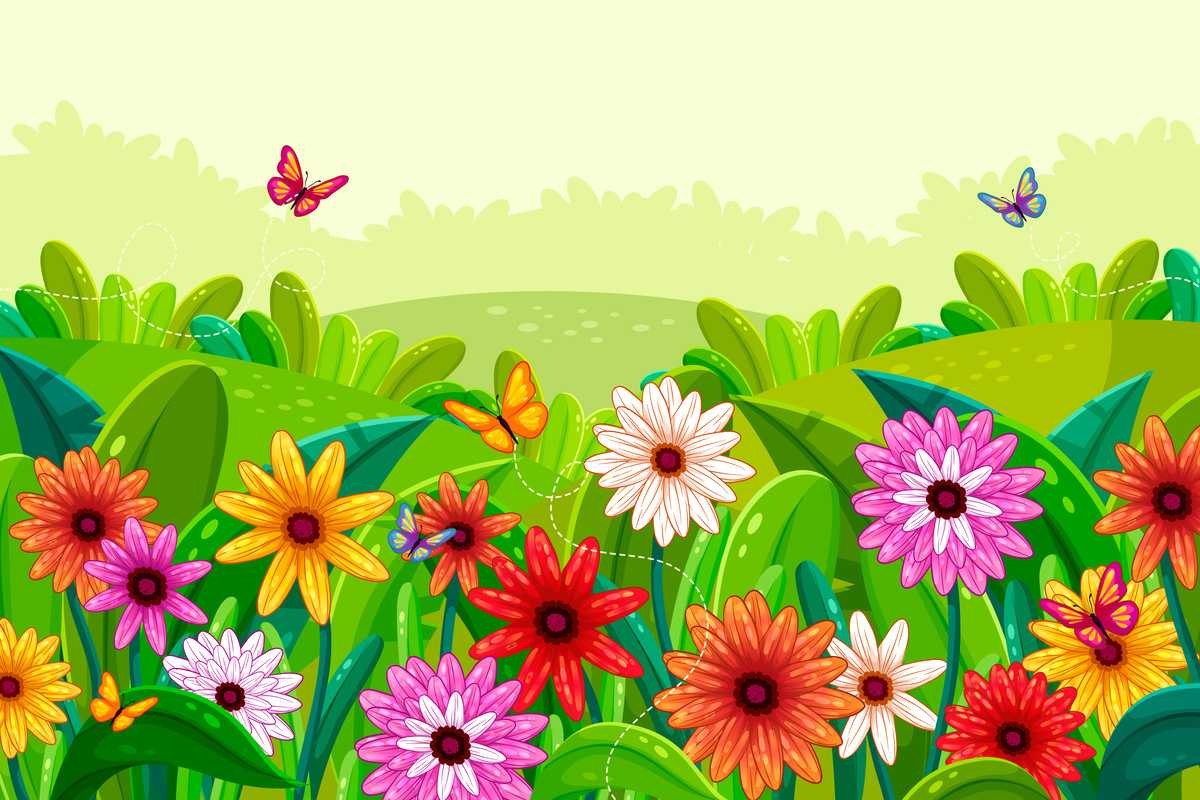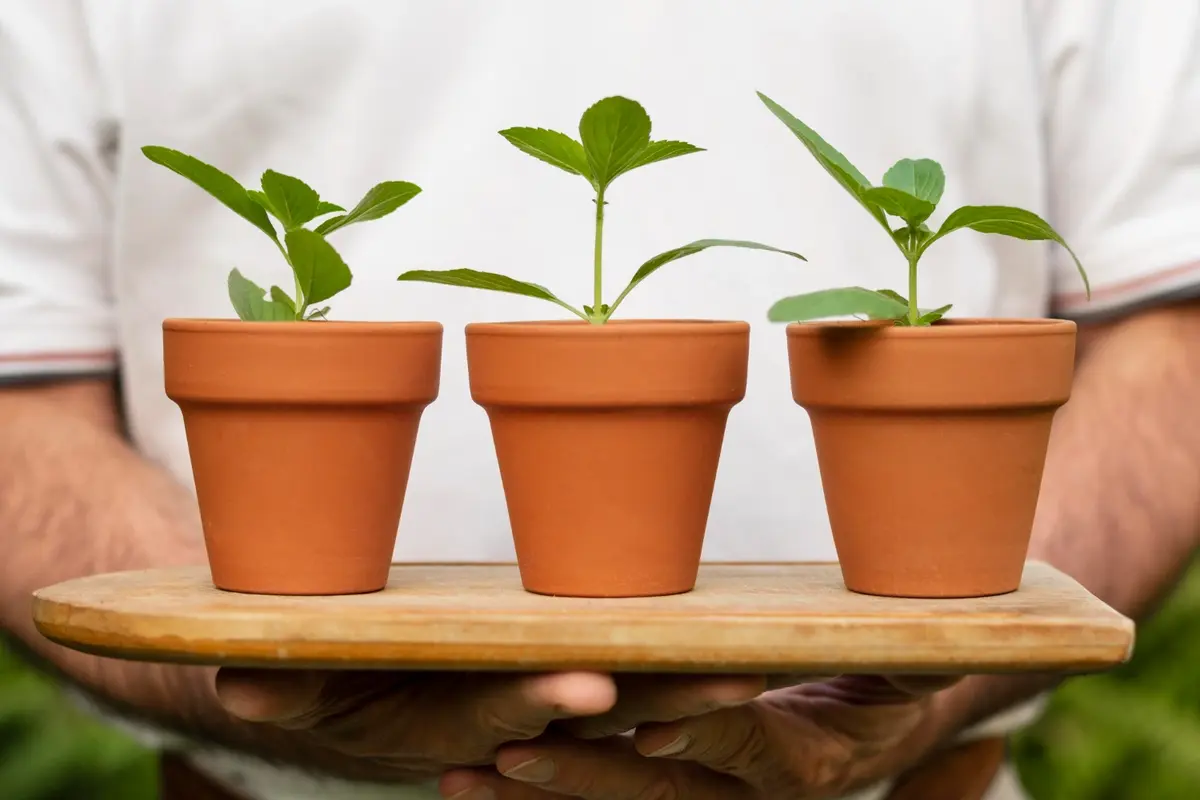Are you looking to add some winter season flowers to your garden this winter? If yes, then this article will help you find out the right winter flowers for your garden. You can consider any of these flowers to grow in your garden and enhance the beauty of your garden during winter.
There is no particular season for growing flowers in your garden. For every climatic condition, like the warm and cold seasons, various flowers grow well in that condition and spread color and fragrance all over your garden. In the same way, the winter season is also ideal for many cold-tolerant blooming annuals.
As gardening is not a season-specific hobby, if you want to add some colorful flowering plants to your garden, there is no need to wait. But before choosing the winter flowers, make sure that the particular flower can survive in the climatic zone of your area. Here I suggest 10 popular names of winter flowers that you can consider for your winter season flower garden.
Table of Contents
1. Antirrhinum/ Snapdragons

Antirrhinum, commonly known as Snapdragon, is a complete winter-season flower. At high temperatures, it can’t survive for a long time. Snapdragons are available in various colors like red, white, purple, orange, pink, etc., and also come with many exciting bicolor and tricolor combinations. You can grow this plant in your garden as well as container.
Propagation: This flowering plant is propagated from seed or stem cuttings. But the stem-cutting method is quite challenging for beginners.
How to Grow:
- First, prepare the soil by adding some compost to increase the structure, drainage, and fertility of the soil.
- If you are using seeds for propagation, then lightly cover the seeds with soil because they require light for germination.
- Maintain the moisture in the soil during germination and also over the growing period.
- When the plant becomes 4-6 inches tall and leaves start appearing, that is the ideal time for pruning the plant for better growth and promoting bushier plants.
- When flower buds start appearing, apply some fertilizers for better growth.
- Weeding in regular intervals is important to reduce the competition for water and soil nutrients.
- After all, if any pest or disease causes a harmful effect on the plant, then you can use recommended organic or chemical pesticides or insecticides.
2. Calendula

Calendula is an easy-to-grow plant that is commonly known as Pot Marigold or English Marigold. This flower originally comes with yellow and orange single-bloom flowers. As it is a cool-season flowering plant so it can’t survive well in warm weather.
Propagation: Calendula is propagated by seeds.
How to Grow:
- After preparing the soil, seeds can be directly sown in a row with a minimum spacing of 4-6 inches.
- During the preparation of soil, use compost for better growth of plants.
- Light irrigation for seed germination and after that, watering in regular intervals is essential for better growth.
- At the time of flowering, if required, you can use organic fertilizers for better results.
- If required, you can use organic mulch around the base of the plant to control weeds and keep the soil moist.
- Pruning is not necessary until it’s essential for better growth.
- Calendula is not susceptible to a wide range of insect pests, but if it gets affected, use the recommended dose of insecticides or pesticides.
3. Pansy

Pansy flowers can raise the beauty of your garden during the winter season. Pansy flower varies different size and color depending on the different varieties. The flowers contain five petals, which may be single-colored or multicolored. The different colors of pansy flowers, like purple, pink, crimson, yellow, white, blue, etc.
Propagation: The Pansy plant is propagated by seeds.
How to Grow:
- The soil must be well-drained and rich in organic matter.
- Although it likes cold weather to survive but partial sunlight is required for better growth.
- Regular watering is required to maintain soil moisture.
- Pinch off the dead flowers to allow the plant to grow vigorously.
- Apply NPK fertilizers as per the recommendation to encourage plant growth.
4. Petunia

Petunia is one of the most popular garden flowers and is available in almost every color. Petunias love warmer weather for better growth, but also grow in cold conditions as annuals. There are many types of petunias nowadays, and hybrids are available and can have single or double blooms.
Propagation: Petunia can be propagated via stem cutting or direct seed sowing.
How to Grow:
- Plant petunias outside when there is no frost threat.
- The soil must be fertile and well-drained. Use compost during soil preparation.
- Most petunia varieties like full sun for better growth and blooming.
- Minimum moisture must be available in the soil, so watering once or twice, as per the climatic conditions, is required.
- Applying balanced fertilizer after every three or four weeks is good for growth and flowering.
- Pruning is required for more branching and better growth.
- If the plants become susceptible to pests or fungal disease, then use recommended pesticides or fungicides.
5. Aster

Asters are perennial flowers that add color and beauty to your garden. Its star-shaped flowers are available in different colors like white, blue, pink, or purple. Asters are easy to grow and require very little effort.
Propagation: Asters can be propagated by seeds, stem cuttings, and divisions.
How to Grow:
- Prepare the soil using well-rotted organic manure.
- Expose the aster plants to full sun conditions for better growth and flowering.
- During the whole blooming period, regular watering is important to keep the soil moist.
- Using balanced fertilizer once or twice a month may give the best result.
- During pruning, pinch off dead stems and dying flowers for new and better growth.
- Follow the recommended measures to protect the plants from pests and diseases.
6. Dahlia

In winter, you can grow dahlias in your garden as annuals. For cut flowers, dahlias are the best choice. Dahlias are available in different colors, patterns, and sizes. Different colors include red, dark red, purple, white, black, yellow, orange, pink, etc. However, dahlias are toxic to dogs and cats, so if there are any pets in your house, then ensure that they stay away from this flower species.
Propagation: Dahlias can be propagated from seeds, tubers, or cuttings as well.
How to Grow:
- The soil must be rich in organic matter and well-drained. Use compost during soil preparation for better results.
- For better blooming, dahlias require full sun for at least 6 to 8 hours a day.
- Dahlias require watering after starting their green growth. Deeply watering once or twice a week is ideal.
- Fertilizers play an important role in the growth of dahlias. For better plant growth and flowering, use NPK fertilizers according to the recommendation.
- Dahlias are prone to some pests and fungal diseases. If you notice any infection, treat the plants immediately.
7. Winter Jasmine

Winter jasmine is one of the easy-to-grow winter season flowers and is usually grown as a climber. The yellow flowers of winter jasmine look beautiful in late winter and the earliest days of spring. Although the flowers have very little to no fragrance.
Propagation: Winter jasmine can be propagated by semi-hardwood cutting or using seeds.
How to Grow:
- For better results, the soil must be fertile and well-drained.
- This plant can be grown in full sun to partial sun conditions as well.
- Frequent watering is required to maintain the moisture in the topsoil.
- Winter jasmine does not require fertilizers that much.
- Pruning is required if you want to grow the plant as a shrub; otherwise, allow the plant to grow naturally.
- These plants are rarely affected by pests or diseases.
8. Impatiens

Impatiens is one of the beautiful annuals that you can grow easily in your garden or containers. These flowering plants can grow in shady areas without any trouble. Standard impatiens flowers are available in a variety of colors, including red, white, pink, violet, yellow, and purple.
Propagation: Impatiens plants are propagated by cuttings or seeds.
How to Grow:
- The soil must be well-drained and rich in organic matter for growing impatiens flowers.
- As this flowering plant can thrive in the shade, that’s why light is not an important factor for its growth.
- Impatiens need watering frequently. The soil must be moist all the time.
- Regular fertilizer application is effective for better plant growth and blooming.
- Pruning is important because it encourages overall plant growth and new blooming.
- Insect pests and fungal effects are most common throughout the whole growing period. Quick treatment is recommended.
9. Snowflake

Spring snowflake is an easy-to-grow bulb plant that can be grown as a winter season flower. It has grass-like foliage with bell-shaped white flowers that overhang slightly and exude a sweet fragrance. Snowflake looks almost exactly like snowdrops (Galanthus nivalis). The difference between the two flowers is only that snowflakes have a green dot at the tip of each of their six petals, while snowdrops have dots on only three of their petals. Most importantly snowflake plant is completely poisonous to health.
Propagation: Snowflake plants can be grown from seeds or bulbs.
How to Grow:
- For growing snowflakes soil must be rich in nutrients and well-drained. During soil preparation, use compost or any other organic manure to improve the soil fertility.
- The growing location with full sun or partial shade is ideal for better results.
- Regular deep watering throughout the growing period is essential.
- To protect the plants from harmful insects and fungal effects, spray insecticides and fungicides according to the recommendations.
10. Daffodils

Daffodils with their yellow or white petals enhance the surrounding beauty as winter flowers. There are different varieties available, which may be orange, pink, or bicolor cultivars. Daffodils are also toxic to both humans and animals.
Propagation: Daffodils can be grown from seeds or bulbs. But propagation using seed takes almost five to six years. That’s why this method is rarely undertaken.
How to Grow:
- Prepare the soil with compost to increase soil fertility. Also, ensure that the soil is well-drained.
- To get the best result, provide full sun to the daffodil plants.
- Regular watering is ideal for the better growth of plants.
- Fertilizers are not normally required for daffodils.
- No serious pests or diseases affect the daffodil plants.
Also Read: 10 Popular Winter Season Vegetables to Grow.
How to take care of winter flowering plants
- First of all, water from time to time. Otherwise, the plants will be affected if they don’t get proper water.
- Whenever the plants need fertilizer, provide it immediately to get the best result. Apply fertilizers as per the recommendation.
- If you live in a frosty winter area, then take some extra care to protect your winter-flowering plants. During frost, cover the plants with a tarp or, if possible, move the plants indoors.
- If pruning is required to encourage better growth, then go for it.
- Most importantly, for better care of your winter season flowers must look out for pests and insects. If the plants get affected, then use the required insecticides or pesticides as per the recommendation.
FAQs
How to grow flower seeds at home in winter?
Before sowing the flower seeds in your garden or pot, Prepare the soil with organic manure or compost to increase the soil fertility and drainage. And make sure that during sowing lightly cover the seeds with soil to promote quick germination. After that regular watering is important for seed germination and better plant growth.
When to plant flower seeds for the winter garden?
The ideal time for planting flower seeds for the winter gardens is October to November. But some seedlings almost hibernate during the winter months of December and January but start growing immediately after that when spring sets in.
How to protect flower plants from frost in winter?
First of all if possible move the plants indoors. But if that’s not possible then covering flower plants with lightweight plastic or fabric sheets effectively prevents frost damage. A fabric covering is more effective because it will allow moisture to escape and also protect plants from frost.










